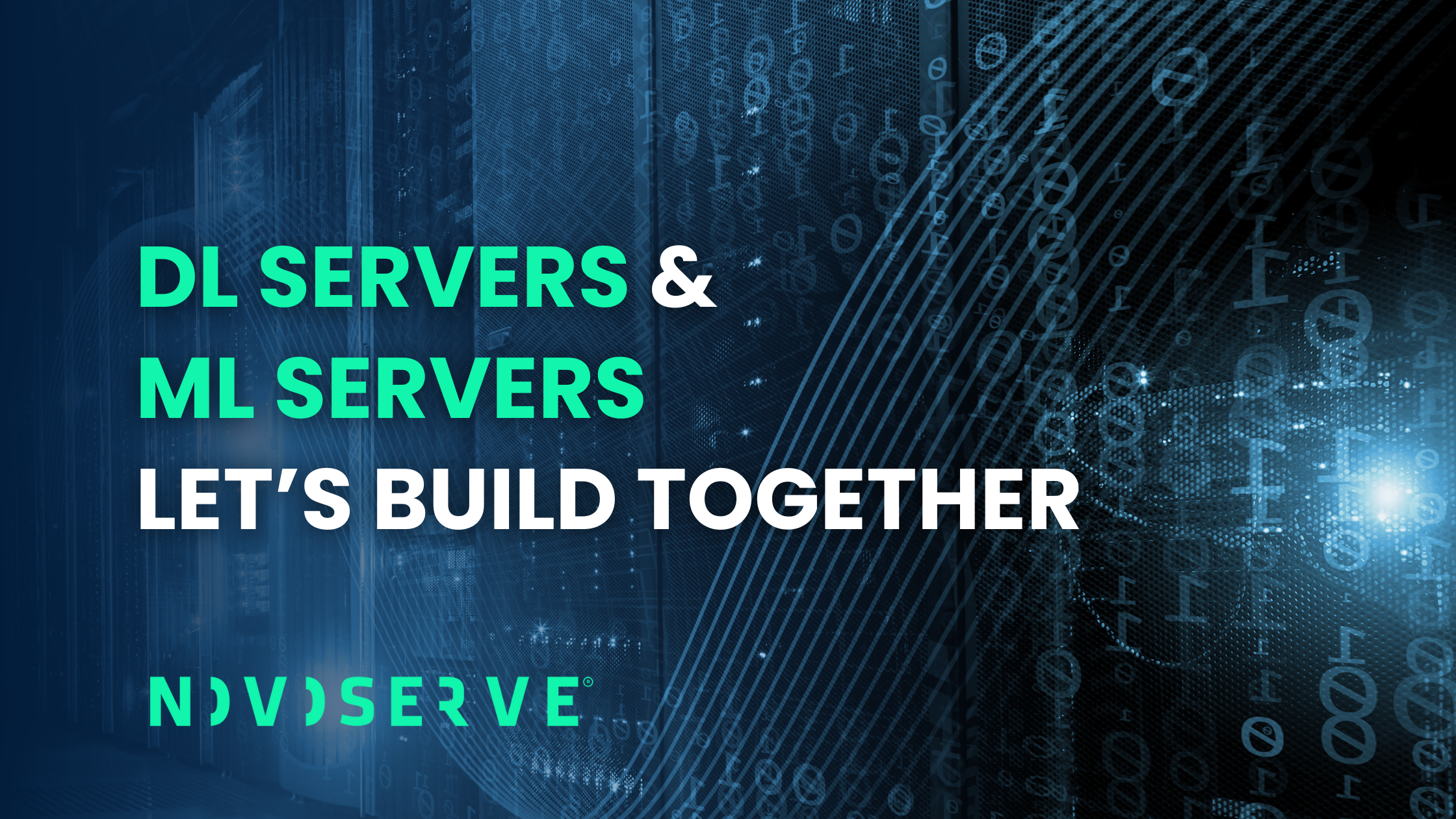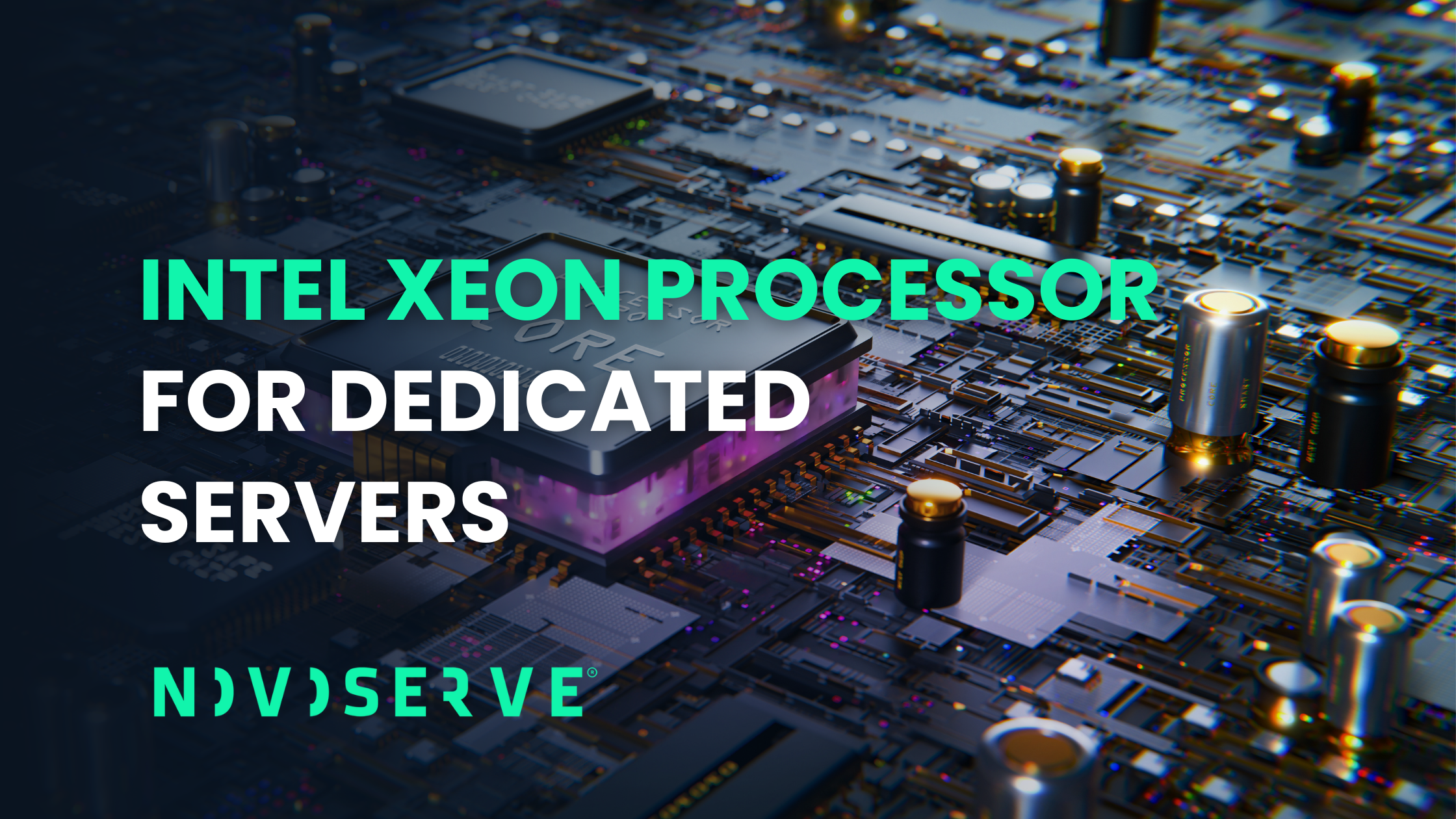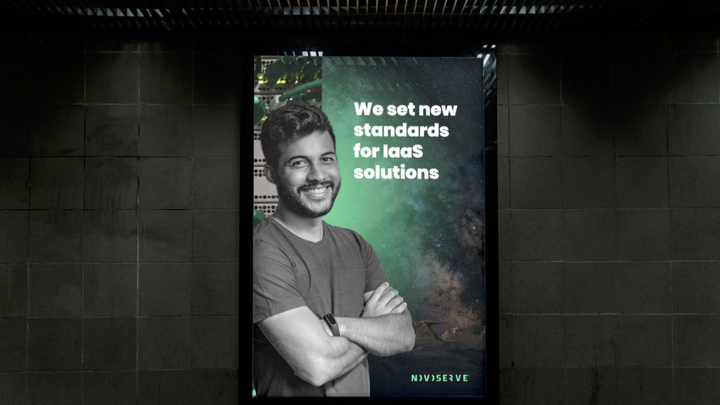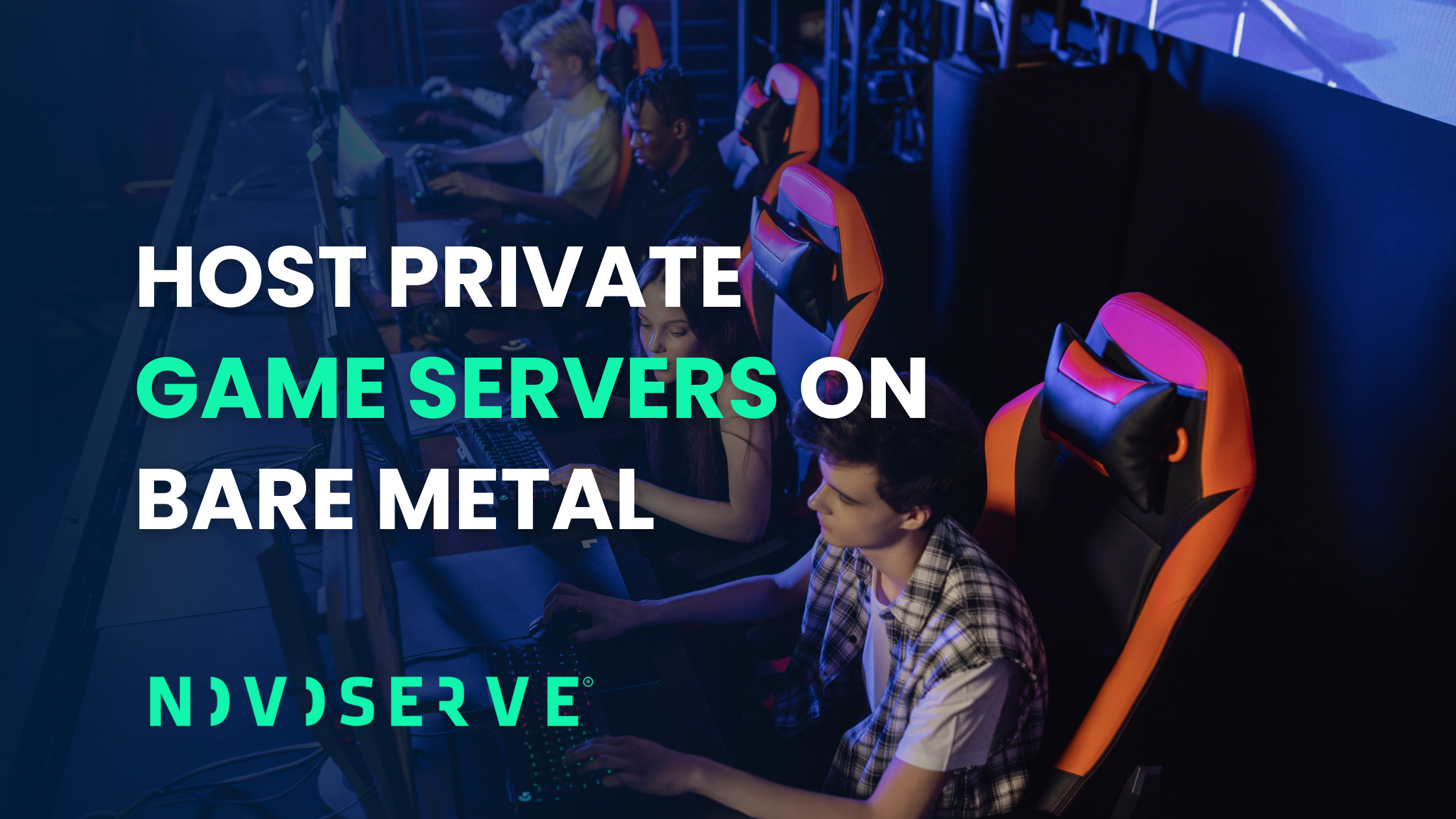Whether you're fine‑tuning recommendation systems or training large neural networks, the right hardware makes all the difference. In this article, we explore what machine learning servers and deep learning servers are used for, illustrate typical real-world applications, and then guide you step-by-step through building your own deep learning GPU server.
What Are Machine Learning Servers and Deep Learning Servers?
A machine learning server is designed to run a broad variety of classical ML tasks. These include structured data workflows—such as fraud detection, recommendation engines, and business analytics—where the workload may be CPU‑heavy or use lighter GPUs (e.g. NVIDIA T4 or RTX A4000) to accelerate model training or inference. Typical server configurations include strong multicore CPUs, moderate system memory (64–256 GB), and SSD/NVMe storage for fast data access.
A deep learning server, on the other hand, is built for neural network workloads—from image and speech recognition to large language model training. These servers rely heavily on powerful GPUs—like NVIDIA A100 or H100—or AMD MI300 series. They feature high GPU VRAM (40 GB+), fast interconnects (NVLink or PCIe Gen4/5), and scaled system memory (128 GB to over 1 TB) to support data‐intensive training pipelines. The entire system is optimized for throughput, parallelism, and sustained GPU performance.

Use Cases for ML & DL Servers
A machine learning server excels in tasks where decision trees, linear models, or gradient boosting techniques handle real-time analytics. For instance, financial institutions use ML pipelines to detect fraudulent transactions within milliseconds, dramatically reducing chargebacks and abuse of services. E‑commerce platforms leverage structured recommendation models to personalize product suggestions—powered by modest GPU acceleration to keep latency low.
Consider instead applications like voice recognition using models such as OpenAI’s Whisper or Mozilla’s DeepSpeech. These transformer-based systems process audio spectrograms using millions—or billions—of parameters. They require parallel matrix and tensor computation, large VRAM for batch processing, and high-speed GPU interconnects, which only a deep learning GPU server can realistically support efficiently. Similarly, computer vision tasks such as object detection in high-resolution images or video streams demand sustained GPU throughput that standard servers cannot provide.
Natural language processing at scale—fine-tuning GPT-style models, serving chatbots or generating text—also relies on high VRAM and multi-GPU acceleration. Classical CPU-based servers simply cannot deliver the throughput or latency required for these workloads.
How to Create a Deep Learning Server
When building a server for deep learning, every component must be chosen to support demanding AI workflows. Below is a structured, step-by-step guide:
- Define Your Use Case and Workload Requirements
Clarify whether your priority is training or inference, the expected model size, batch volume, precision type (FP32, FP16, BF16), and concurrency levels. This baseline determines GPU count, memory, and storage needs—ensuring your configuration aligns with actual project demands. - Select the GPUs
Choose based on performance and VRAM requirements. NVIDIA’s A100 or H100 series deliver high tensor throughput and up to 80 GB HBM memory—ideal for large transformers or vision-language models. AMD’s MI300 series offers up to 192 GB HBM3 memory and strong generative AI performance. These GPUs also support multi-instance GPU and mixed precision training, boosting efficiency. - Plan the CPU and PCIe Topology
Use enterprise-class CPUs like AMD EPYC or Intel Xeon with plenty of PCIe Gen4/5 lanes. Each GPU should connect to x16 slots where possible to avoid performance bottlenecks. In multi-GPU systems, ensure lanes are evenly distributed across CPU sockets. - Choose System RAM
Allocate system memory equal to or exceeding GPU memory—especially in multi-GPU configurations. A guideline is roughly 2–4 GB RAM per 1 GB of GPU VRAM, so a system with four 80 GB GPUs should have at least 512 GB RAM (ECC preferred for stability). - Provision High-Speed Storage
Deep learning workloads need fast access to large datasets. Use PCIe Gen4/5 NVMe SSDs—ideally with RAID or JBOD configurations. Storage directly connected via PCIe lanes helps avoid I/O bottlenecks during training. - Ensure Adequate Power Supply and Cooling
High-end GPUs can draw 250–700 W each. Ensure your power supply accounts for the total GPU load plus CPU and storage—adding a ~10% safety margin (e.g., a 1,400 W PSU for four GPUs). Implement efficient cooling—blower-style air coolers or liquid/AIO solutions for dense GPU setups—to maintain thermal stability. - Add Networking or Interconnects (Optional Multi-Node Setup)
If you plan distributed training across servers, consider 100 Gbps Ethernet or InfiniBand, plus NVLink or NVSwitch between GPUs for optimal bandwidth and low latency. This interconnect fabric is essential for synchronizing large model training across nodes. - Install and Configure the Software Stack
Set up a reliable OS (Ubuntu or CentOS), GPU drivers, CUDA toolkit, and cuDNN. Install deep learning frameworks like TensorFlow or PyTorch with GPU support, and orchestration tools like Docker, Kubernetes, or Slurm. Use NCCL or MPI libraries to enable optimized multi-GPU communication. - Benchmark, Monitor, and Tune
Run standard model benchmarks (e.g., ResNet for vision, BERT for NLP) to validate performance. Monitor GPU utilization, memory usage, thermal metrics, and storage throughput. Experiment with batch sizes, mixed precision, and pipeline parallelism for optimal efficiency. Add monitoring tools like nvidia‑smi, Prometheus or Grafana if needed.
Don't worry. With NovoServe, we take great care of your infrastructure, so you only need to focus on your AI workloads.
Buying or Building: Let’s Discuss
Whether you’re considering a ready-made machine learning server or a full-blown deep learning GPU server, the decision involves more than picking specs off a shelf. It requires matching infrastructure to real workloads: are you running voice recognition, large-scale NLP, or inference pipelines? That’s why we recommend sitting down with us to discuss your requirements. We can help you determine whether a single-GPU server suffices, or if you need multi-GPU acceleration, specialized VRAM, or interconnect architecture.
And with our current GPU server promotion, we offer flexible discounted deep learning server options, in addition to personalized configurations tailored to your needs.
Choose NovoServe for Building Your Deep Learning Server
NovoServe offers bare‑metal GPU servers built exactly as you need them. Whether you require NVIDIA A100/H100 or AMD MI series GPUs, we provide scalable RAM, high‑speed NVMe storage, and robust cooling in globally distributed data centers across Europe and the U.S., all with SLA-backed service. Our experts work with you to craft a configuration that aligns with your workload—whether that’s training large language models, running computer vision pipelines, or deploying inference services. With experience in optimizing architecture and server balance, we streamline both build and deployment.
Machine learning servers remain powerful tools for structured data, fraud detection, and recommendation systems—often driven by CPUs or light GPU acceleration. In contrast, deep learning GPU servers are indispensable for AI workloads like speech recognition, NLP, computer vision, and large model training. Building such a server involves carefully selecting GPUs, CPU topology, memory, storage, cooling, and networking, followed by installing and tuning a complete software stack.
NovoServe can help guide you through specification, build, benchmarking, and optimization—and with our ongoing GPU server promotion, we make powerful AI infrastructure accessible and tailored to your needs. Ready to build? Chat with us or send a message, and let’s design your deep learning infrastructure together.



